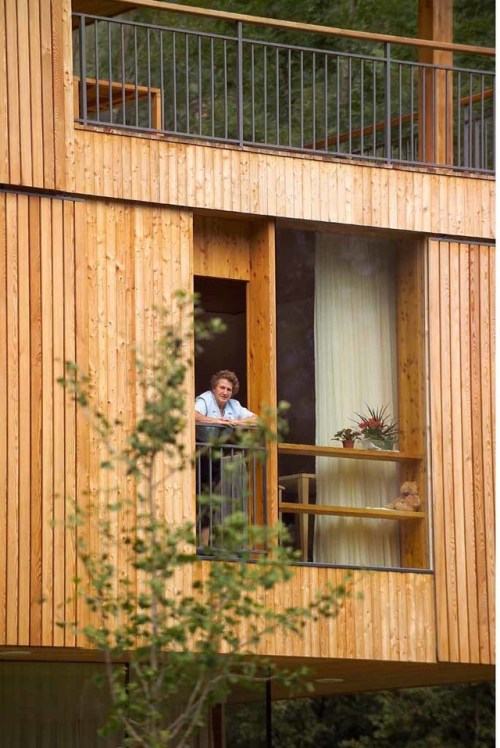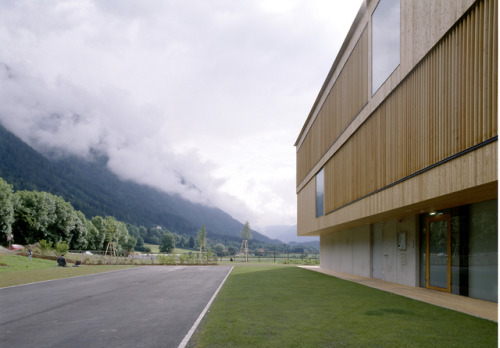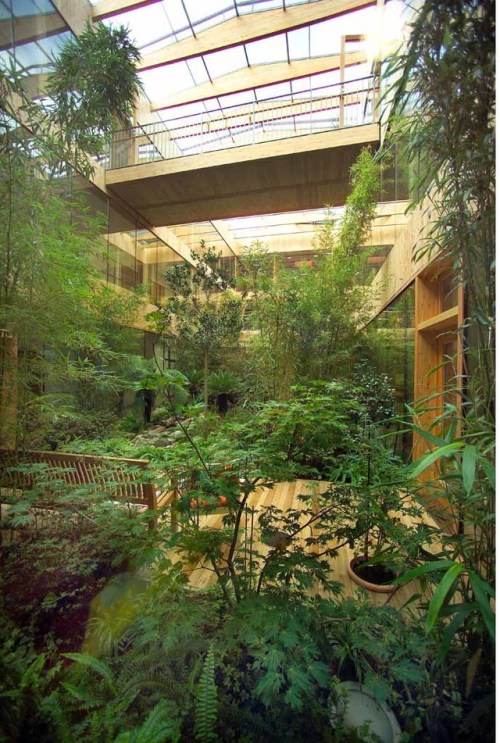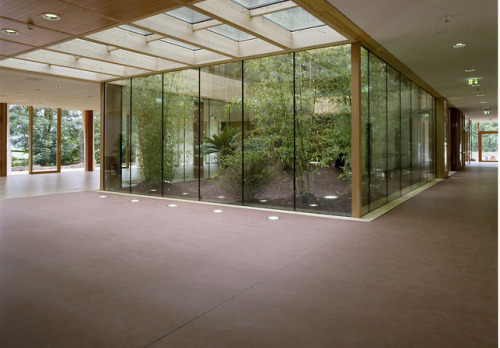Tuesday, July 2, 2019
Sacred Spaces (Thibaud Portier)A series on modernist...
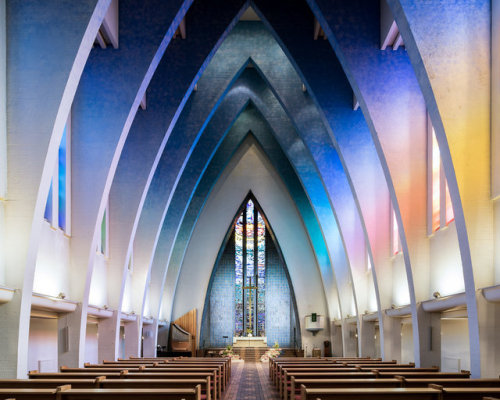

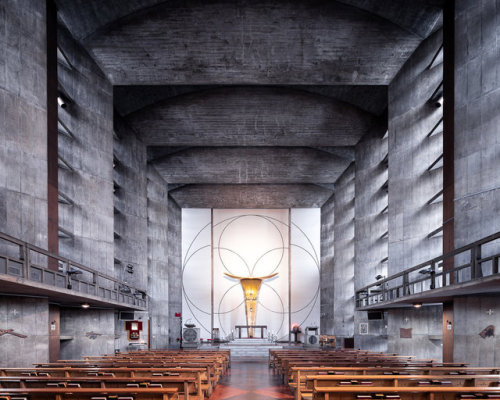

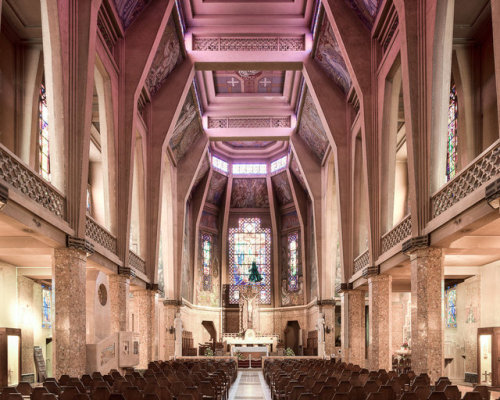

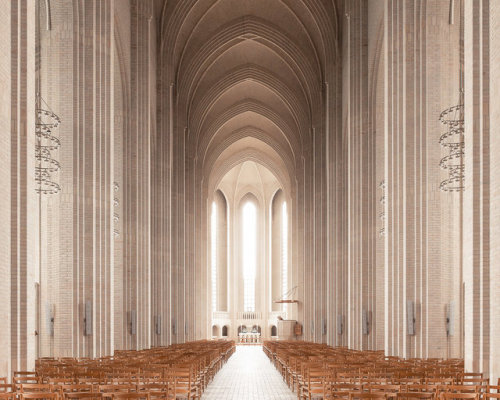
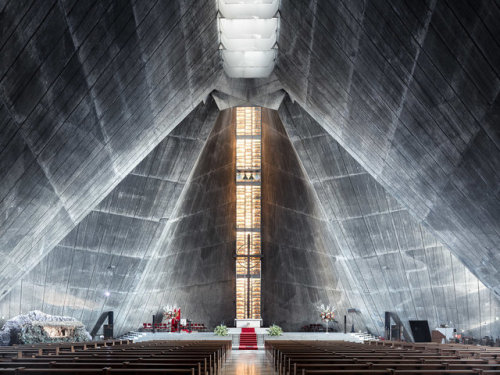
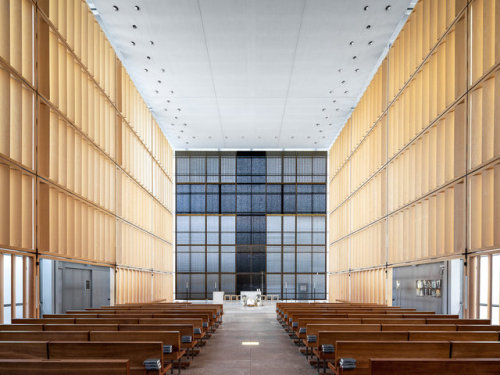

Sacred Spaces (Thibaud Portier)
A series on modernist churches
Over the millennia, churches have shifted back and forth from centers of community to individual introspection and reflection, pausing periodically along the scale as a new denomination upset the balances of tradition.
The modern church is a delicate institution; under siege from countering theologies, philosophies and the super speed of daily life, it must at once withstand the constant tempest of change while remaining anchored to tradition. The way the most long-standing institutions have done this is by finding a balance: deep roots that touch the core of humanity and yet a flexible reedlike ability to bend and sway with the tensions of modernity.
Architecturally, Thibaud Poirier was inspired by the astounding variety of church design. There are only but a few physical signs that bind them together: a visual focal point, usually but not always a cross, rows of seating trained on the visual cue, and a space clearly designed to spark wonder, reflection, devotion.
These are spaces that we’re designed to repeatedly draw one in, and create sacred long lasting relationships with visitors. Ranging from a cosy monk-like modest chapel to elaborate ethereal cathedrals with vaulted archways stretching to the heavens, their variety of worship spaces is as diverse as it is personal. In this series Thibaud Poirier wanted to capture a few of the most exceptional sacred spaces, to show how they interpret the institution stylistically and concretely shape radically different interiors for people to worship.
And yet despite their great stylistic differences, the glue between these churches remains invisible to the human eye yet vibrates within each of us: the emotional state created whilst one is present. The sense of belonging. The conviction of something larger than us all.
Don’t forget to tag your Instagrams with #CrossConnectMag ! !
We’ll feature some of our favorites!
Posted by Chaz McIntyre
Sacred Spaces (Thibaud Portier)A series on modernist... crss










Sacred Spaces (Thibaud Portier)
A series on modernist churches
Over the millennia, churches have shifted back and forth from centers of community to individual introspection and reflection, pausing periodically along the scale as a new denomination upset the balances of tradition.
The modern church is a delicate institution; under siege from countering theologies, philosophies and the super speed of daily life, it must at once withstand the constant tempest of change while remaining anchored to tradition. The way the most long-standing institutions have done this is by finding a balance: deep roots that touch the core of humanity and yet a flexible reedlike ability to bend and sway with the tensions of modernity.
Architecturally, Thibaud Poirier was inspired by the astounding variety of church design. There are only but a few physical signs that bind them together: a visual focal point, usually but not always a cross, rows of seating trained on the visual cue, and a space clearly designed to spark wonder, reflection, devotion.
These are spaces that we’re designed to repeatedly draw one in, and create sacred long lasting relationships with visitors. Ranging from a cosy monk-like modest chapel to elaborate ethereal cathedrals with vaulted archways stretching to the heavens, their variety of worship spaces is as diverse as it is personal. In this series Thibaud Poirier wanted to capture a few of the most exceptional sacred spaces, to show how they interpret the institution stylistically and concretely shape radically different interiors for people to worship.
And yet despite their great stylistic differences, the glue between these churches remains invisible to the human eye yet vibrates within each of us: the emotional state created whilst one is present. The sense of belonging. The conviction of something larger than us all.
Don’t forget to tag your Instagrams with #CrossConnectMag ! !
We’ll feature some of our favorites!
Posted by Chaz McIntyre


